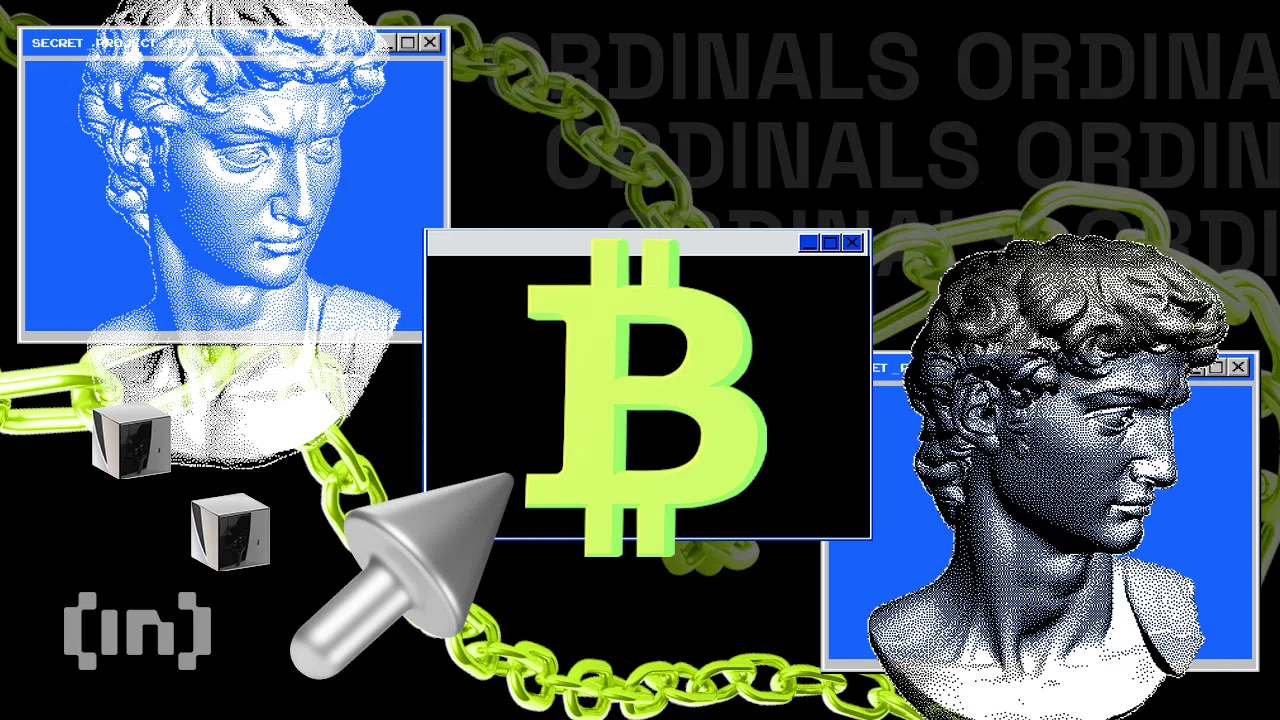“Satoshi Was Very Clear What He Wanted” Says Jeff Garzik

[ad_1]
At one time, Jeff Garzik was Bitcoin’s third most prolific developer. Here we talk about his early days working on cryptocurrency and how science fiction can inspire the next generation of builders.
Few people have had as much impact on Bitcoin’s source code as Jeff Garzik. At one point, his fingerprint on Bitcoin was the third biggest after Satoshi Nakamoto and Gavin Andresen. However, in an interview with BeInCrypto, Garzik said it all began with science fiction.
Garzik was inspired by a book based on the tabletop game Shadowrun, which featured digital currency called the Nuyen (pronounced New Yen). “In the 1990s, this was a very foreign concept. This was before Visa Debit and that sort of thing,” he said.
One scene, in particular, blew his mind and remains with him until this day. One character was paying another character with what in modern terms we would call a flash drive. Although in the book, it was known as a “credstick.”
“Essentially, you handed them this little tiny digital thing, and it transferred like a million dollars in the fiction world, and that just blew my mind away. Decentralized digital currency—to me—made such an impression. I was convinced with 100% certainty that this was going to happen in my lifetime,” he said.

First Finding Bitcoin
It wasn’t until July 2010 that Jeff stumbled upon a post on Slashdot.org talking about Bitcoin. According to Garzik, it was also the first time Jeff McClab (of Mt. Gox and Ripple) had read about it too. “A number of Bitcoin developers and enthusiasts can trace their intro to crypto to that link,” said Garzik.
Initially, he was skeptical about its decentralized bona fides, and how viable it was as a digital currency. However, Bitcoin was open-source, and because the project wasn’t headed by a known entity, Garzik was compelled to look under the hood.
“Because Satoshi Nakamoto was anonymous, it forced me to look at the code and engineering and convince myself that it was real. [Satoshi] wanted people to look at his work, not his personality and who he was. It was about what he built.”
From his early days as a teenage software engineer, Garzik’s path to Bitcoin went through Linux. (As well as stints doing his friend’s computer science homework in exchange for beer and pizza.)
“By the time we first interacted with Satoshi, he had been doing open source Linux for a decade. I was also very well known in the open source community,” he said.
Working With Satoshi
Garzik drew from this time as a Linux developer, where he would write software changes (or “patches”) and submit them for review. His time as a Bitcoin developer started very similarly. Garzik would write a software change, test it, create the software patch, and email it to Satoshi. If he accepted it, it would be merged into the subversion source code repository. (Basically, where Bitcoin’s software is stored and maintained.) For a time, Garzik became its third most prolific developer.
Garzik says he recognized a level of talent in Satoshi—who has remained anonymous to this day—that compared with Linus Torvald, the inventor of the Linux Kernel operating system. They were also structured similarly too. Both Linux and Bitcoin were open source and run by a “benevolent dictator” who implemented potential updates.
“It’s not 20 people voting on a change. Satoshi accepts it or he rejects it, and that’s just the way Linux worked for the past 10 years. I recognized an efficient system that I knew how to work with,” he said.
“In hindsight, Satoshi was also that kind of strong leader. But not strong the way people might interpret it today, like he was a jerk. He was not that at all. But he was very clear, concise, and focused on what he wanted. And if you did a patch that was in the zone of what he wanted, it was an easy yes. There was kind of no gray area with him.”

From Developer to Producer
One of the reasons Garzik has gained such renown is his giveaway of 15,678 BTC to two fellow developers. 10,000 to one, and 5,678 to another—simply because it was a progression on a keyboard. An act of charity that is worth over $450 million USD today. Back then, he thought $100 was amazing for Bitcoin, although he wasn’t sure it would go much further. Why did he give it away? “It was a developer’s bounty for building something very specific,” he explained.
After a few years of relative quiet, Garzik made another entry onto the scene with the announcement of NextCypher Productions, a web3 production studio that will specialize in science fiction. The genre has inspired so many to look forward and reimagine the future, he said.
“I want to generate some of that inspiring science fiction and hopefully inspire the next generation of NASA scientists and crypto developers to really just explore the bounds of what’s possible,” he added.
NextCypher plans to focus on longer-form storytelling, with Garzik believing that modern long-running television series can explore characters and storylines more deeply.
“Basically, the fans are only there at the end in web2,” said Garzik, elaborating on why sci-fi needs a Web3 studio. But he stressed the fan experience would be “crypto-optional.” “We view crypto and web3 as an accelerant, a premium, and a plus that glues the community together. But you want to require that just to stream our TV show or read our graphic novel.”
Disclaimer
All the information contained on our website is published in good faith and for general information purposes only. Any action the reader takes upon the information found on our website is strictly at their own risk.
[ad_2]
Source link
